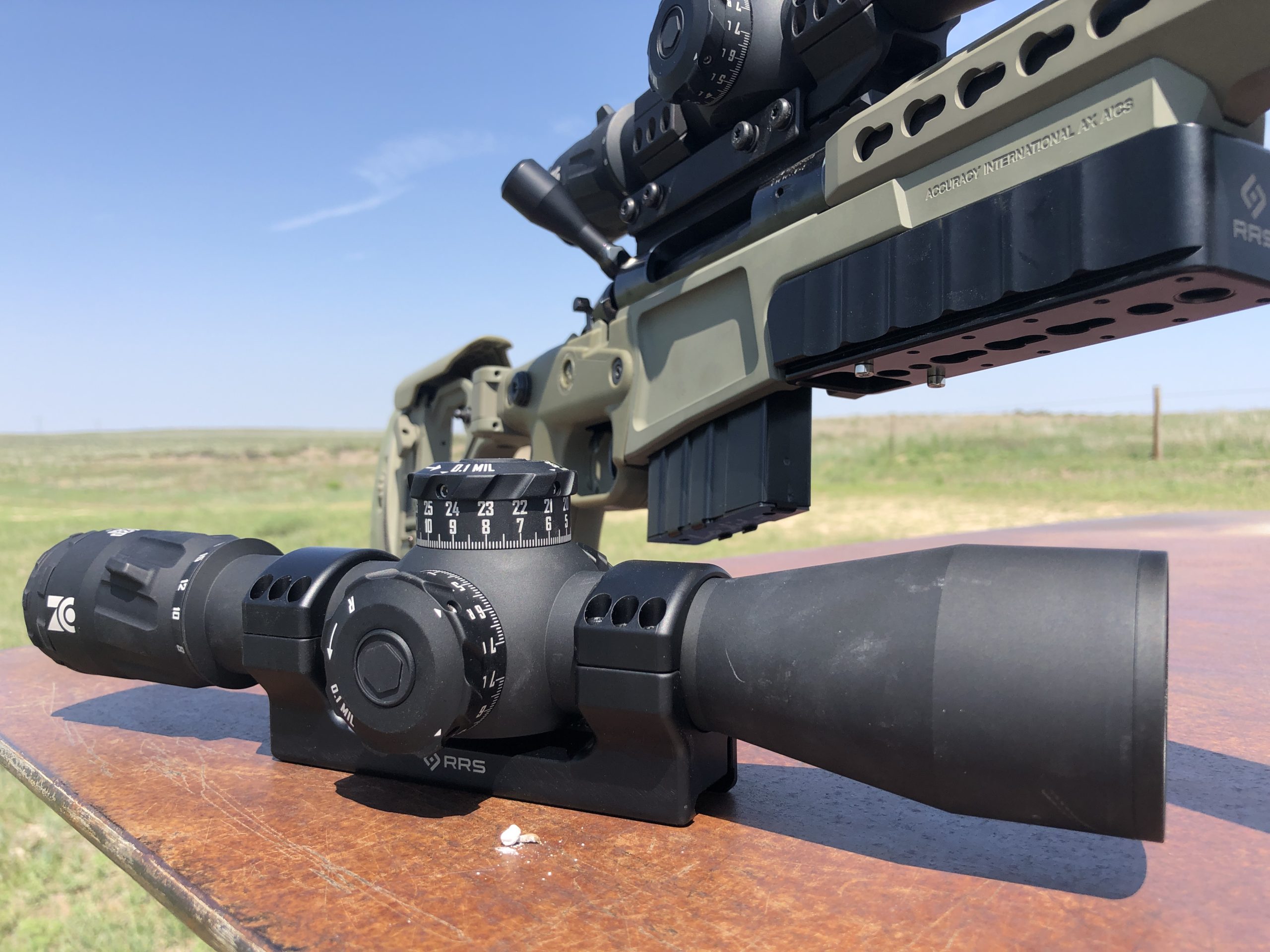Have a Vortex Viper 4X16X44 calibrated in mrads. Is there a SIMPLE rule for inch conversion? Can this scope be converted to moa?
Many, thanks
Many, thanks

Follow along with the video below to see how to install our site as a web app on your home screen.
Note: This feature may not be available in some browsers.
Tell us about the one that got away, the flier that ruined your group, the zero that drifted, the shot you still see when you close your eyes. Winner will receive a free scope!
Join contestHave a Vortex Viper 4X16X44 calibrated in mrads. Is there a SIMPLE rule for inch conversion? Can this scope be converted to moa?
Many, thanks
No practical accuracy difference between moa and mils.
Also clicks should be forgotten like inches. It doesn’t matter how many inches something is at any range as the scope does not adjust in inches.
Never be reasonable.. I love adding and diving by 4, then rounding to the nearest 1/4th. Screw just moving the decimal point, what is the challenge in that?
Read this first. Should help you make some sense of the differences of why people are saying what they are.Have a Vortex Viper 4X16X44 calibrated in mrads. Is there a SIMPLE rule for inch conversion? Can this scope be converted to moa?
Many, thanks

 www.snipershide.com
www.snipershide.com
